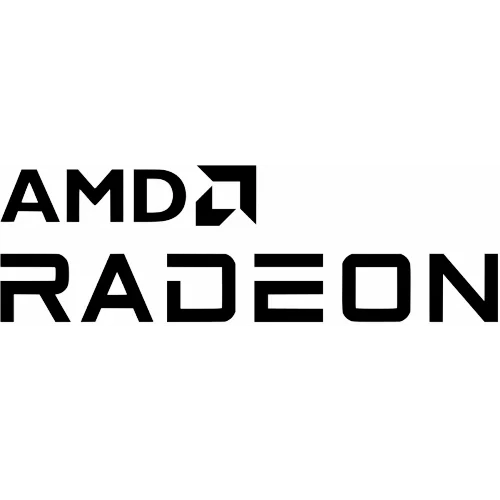AMD Enables VCN Region Of Interest "ROI" Video Encoder Support For Linux GPU Drivers

With code now merged for Mesa 24.0-devel, when running on Video Core Next (VCN) enabled Radeon graphics hardware is now support for ROI encode functionality. This allows specifying areas of the video frame that are higher/lower priority than the rest of the frame. Multiple regions can be expressed to the encoder and in turn the video encoder hardware can determine where to best focus its bit usage for optimal results.
The regions of interest can be important for situations like AR/VR as well as if wanting to map a region of the video frame with persistent text to be higher/lower quality than the rest of the frame. The ROI video encode feature is similar in concept to variable rate shading with OpenGL and Vulkan.
AMD contributed this Mesa VA ROI feature and is successfully working with all AMD VCN encoders as well as supported video codecs by the hardware. With the likes of FFmpeg, the regions of interest can be passed using the "addroi" video filter.
This code is in Mesa Git for the Mesa 24.0 feature release coming up in Q1 along with many improvements to the RadeonSI Gallium3D and RADV Vulkan drivers.
27 Comments

